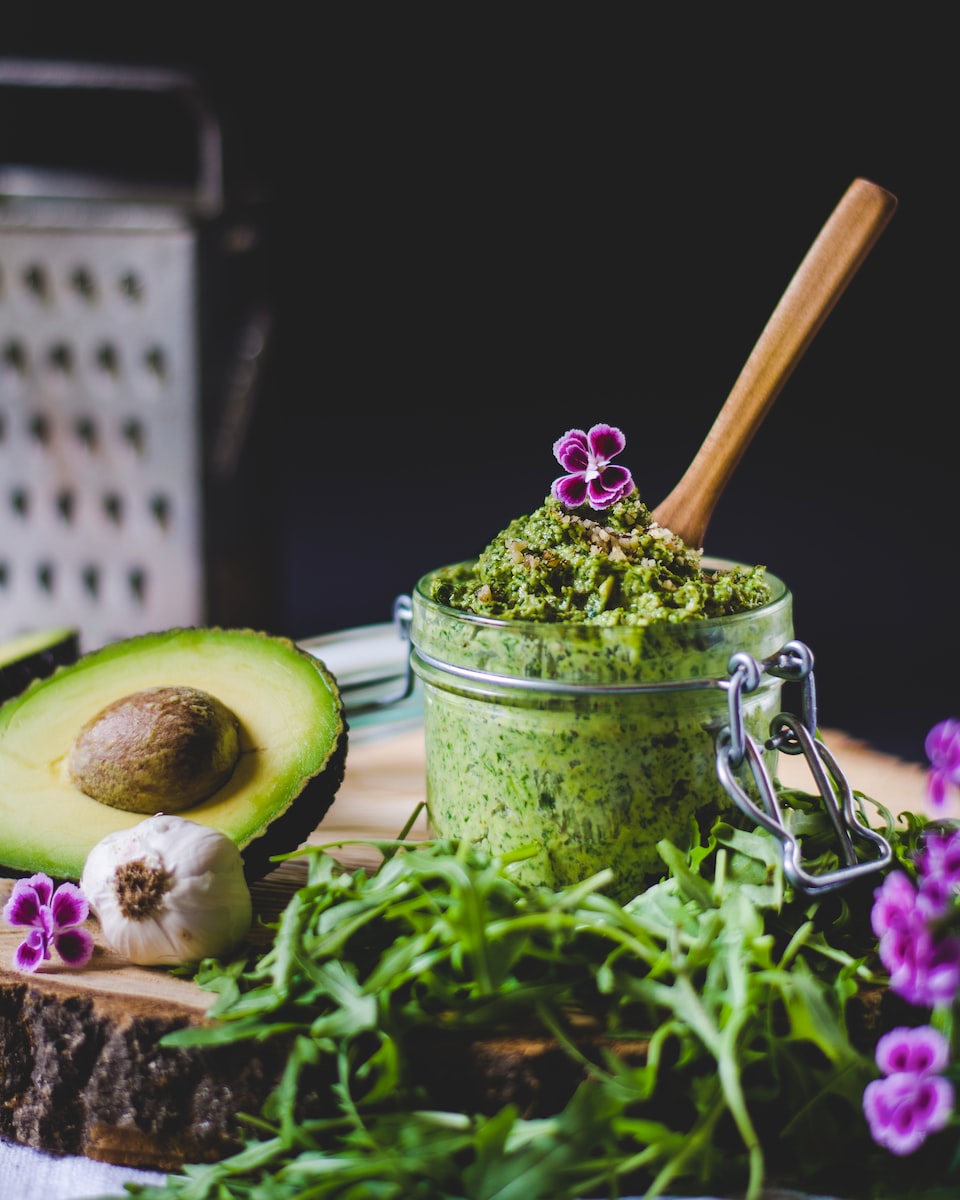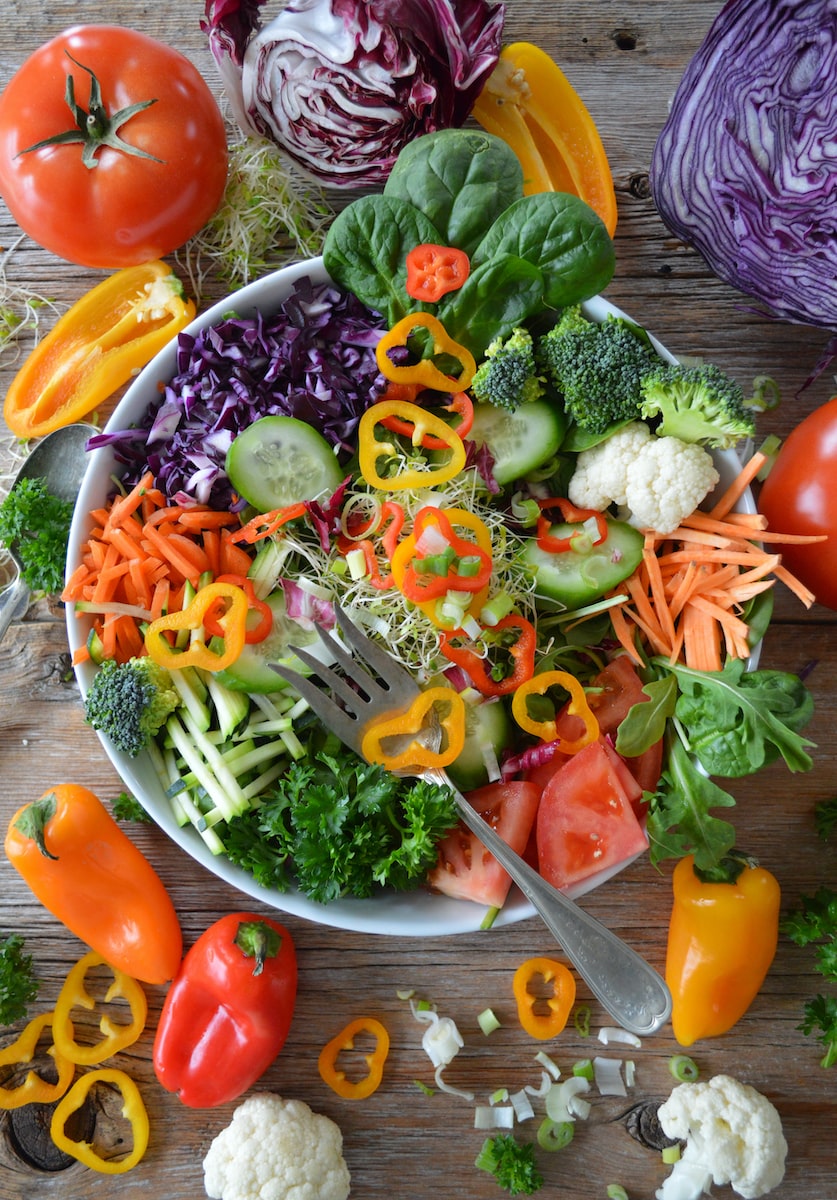The ketogenic diet, commonly known as the “keto diet,” has been gaining popularity in recent years as a weight loss and health improvement strategy. This high-fat, low-carbohydrate diet puts your body into a metabolic state called ketosis, where it burns fat for energy instead of carbohydrates.
But starting the keto diet can be overwhelming, especially for beginners. In this guide, we will provide a comprehensive overview of the keto diet, including its benefits, potential risks, and how to get started.
What is the Keto Diet?
The keto diet is a high-fat, low-carbohydrate diet that forces your body to burn fat for energy instead of carbohydrates. This metabolic state is called ketosis, and it’s what makes the diet so effective for weight loss and improved health.
The standard keto diet consists of 75% fat, 20% protein, and only 5% carbohydrates. This is a drastic change from the typical Western diet, which is high in carbohydrates and low in fat.
Benefits of the Keto Diet
The keto diet has been shown to have a variety of health benefits, including weight loss, improved blood sugar control, and reduced risk of certain diseases.
- Weight Loss: One of the most well-known benefits of the keto diet is weight loss. When your body is in a state of ketosis, it burns fat for energy instead of carbohydrates. This means that you will lose weight, especially from stubborn areas like the belly and hips.
- Improved Blood Sugar Control: The keto diet can also improve blood sugar control in people with type 2 diabetes. This is because the diet reduces the need for insulin and improves insulin sensitivity.
- Reduced Risk of Certain Diseases: The keto diet may also reduce the risk of certain diseases, such as heart disease and certain types of cancer.
Potential Risks of the Keto Diet
While the keto diet can be beneficial for some people, it’s not right for everyone. There are also some potential risks to be aware of before starting the diet.
- Kidney Stones: The keto diet can increase the risk of kidney stones, particularly in people who are prone to them.
- Liver Damage: The keto diet may also increase the risk of liver damage in people with pre-existing liver disease.
- Low Energy: The keto diet can cause low energy levels in some people, especially during the first few weeks.
How to Get Started on the Keto Diet
If you’re considering starting the keto diet, it’s important to work with a healthcare professional to determine if it’s the right choice for you.
Once you’ve decided to start the keto diet, there are a few things you’ll need to do to get started:
- Calculate your macronutrient needs: The standard keto diet consists of 75% fat, 20% protein, and only 5% carbohydrates. To figure out how much of each macronutrient you need, use a keto calculator or work with a dietitian.
- Create a meal plan: Once you know how much of each macronutrient you need, create a meal plan that fits those needs.
- Shop for groceries: Make sure to stock up on keto-friendly foods like meat, fish, healthy fats, and low-carbohydrate vegetables.
- Start tracking your progress: To ensure that you’re staying in ketosis, track your progress using a ketone meter or by monitoring your symptoms.
Keto-Friendly Foods
When following the keto diet, it’s important to choose foods that are high in fat, moderate in protein, and low in carbohydrates. Some examples of keto-friendly foods include:
- Meat: Beef, pork, chicken, and turkey are all great options for the keto diet.
- Fish and Seafood: Fish and seafood are also great options for the keto diet, as they are high in protein and healthy fats.
- Healthy Fats: Foods like avocado, coconut oil, olive oil, and butter are all great sources of healthy fats.
- Low-Carbohydrate Vegetables: Vegetables like spinach, broccoli, and cauliflower are all low in carbohydrates and can be included in a keto diet.
It’s also important to avoid foods that are high in carbohydrates, such as grains, fruits, and legumes.
Keto Supplements
While the keto diet can be effective on its own, some people may find it helpful to use supplements to support their ketogenic lifestyle. Some examples of keto supplements include:
- MCT Oil: MCT oil is a type of fat that is easily converted into ketones and can help to increase ketone levels in the body.
- Exogenous Ketones: Exogenous ketones are ketones that are taken as a supplement and can help to promote ketosis in the body.
- Electrolyte Supplements: Electrolyte supplements, such as sodium, potassium, and magnesium, can help to prevent the “keto flu” symptoms that some people experience when starting the diet.
It’s important to note that supplements should be used in addition to, not in place of, a healthy diet and lifestyle.
Keto and Exercise
Exercise can be a great addition to the keto diet, as it can help to increase weight loss and improve overall health. Some tips for exercising on the keto diet include:
- Prioritize strength training: Strength training can help to increase muscle mass, which can boost metabolism and help with weight loss.
- Incorporate high-intensity interval training (HIIT): HIIT can be a great way to burn fat and improve cardiovascular health.
- Stay hydrated: It’s important to stay hydrated when exercising, especially on the keto diet.
- Listen to your body: As with any diet or exercise plan, it’s important to listen to your body and make adjustments as needed.
The keto diet can be a powerful tool for weight loss and improved health, but it’s important to approach it with caution and under the guidance of a healthcare professional. By understanding the benefits and potential risks, creating a meal plan, and tracking your progress, you can be successful on the keto diet. And by incorporating exercise and supplements, you can maximize the benefits of this lifestyle.






Leave a Reply